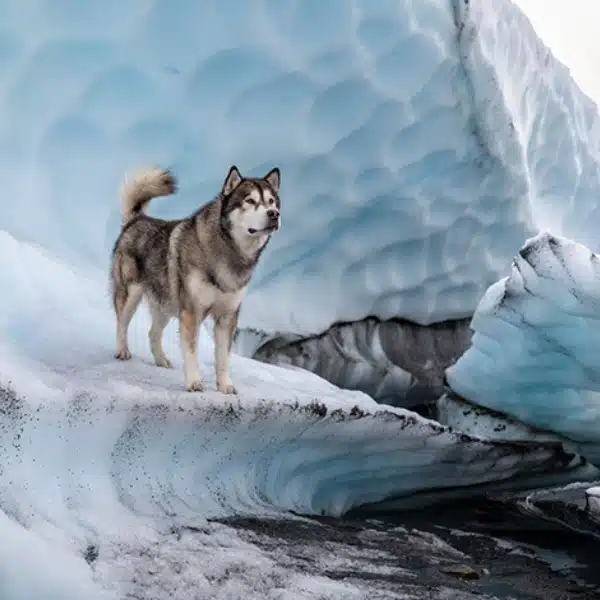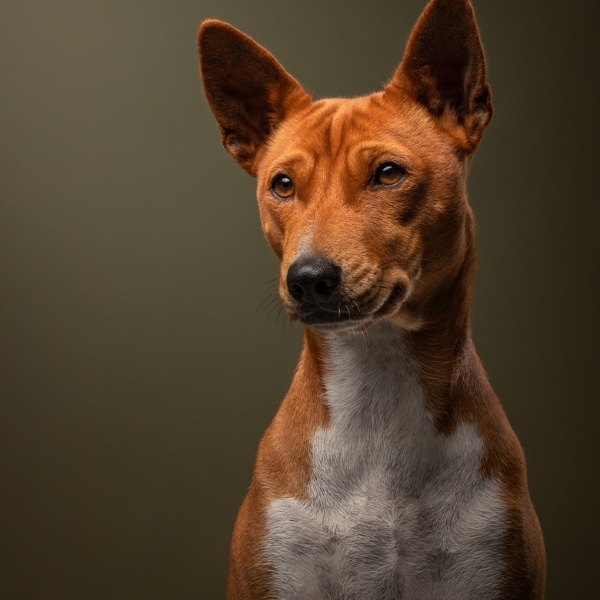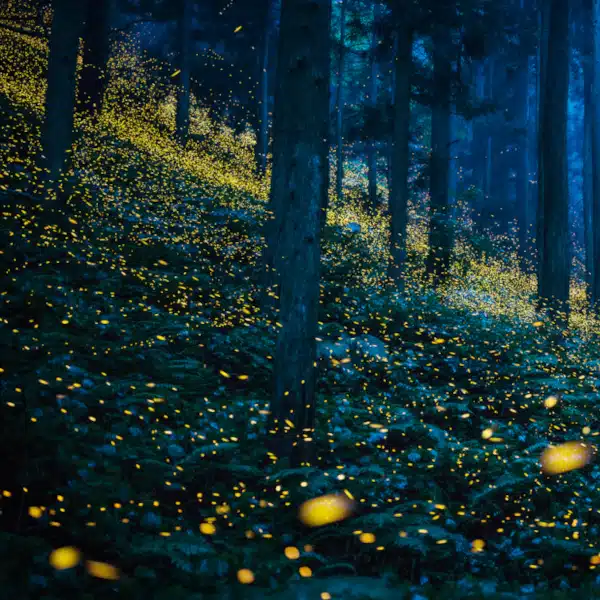
There's no doubt in my mind that Andrew Zuckerman is one of the most talented portrait photographers of our time. In his book Creature, Zuckerman captures animals against stark white backgrounds with such startling clarity that you can't help but be in awe of his work.
Creature is about the art of photography, the contact we have with the species that inhabit this very earth. Every single being in this book started life as a single-celled animal, only to evolve into what we see here. Each has become unique and its originality demands attention.
Zuckerman sent us this stunning collection of images from his book. He also gave us some insight into the series through answering these interview questions.

What drew you to photography as a career?
I don't remember the first time I picked up a camera, and I never made a conscious decision to get interested in photography. Everyone in my family took pictures, and there was a darkroom in my house. I never decided, per se, to make a living from taking pictures. I just always take pictures. I'm lucky, though, that I've been able to choose photography as my career, because it has provided me with experiences which I wouldn't otherwise have had.


Although the animals have been isolated from their usual surroundings, they appear to be completely unfazed by the camera. What strategies did you use to achieve this naturalism?
I always found that the beginning of a shoot was about courting the animal, to make it comfortable in the studio and, more importantly, with me. The first pictures taken were usually not the winners. The animals were getting accustomed to strobe lights, the sounds in the room and, all the while, looking at me, watching me, listening to my voice. Eventually, they would start to act more natural. That's the first part of the process. What would follow was hundreds of pictures at extremely high resolution and high speed. I wasn't always waiting for the perfect pose and then snapping a heroic shot; the exercise was to create a space for the animals to be themselves and then capture them as they were.


Could you tell us about the inspiration behind your photographic work generally?
I'm interested in the idea of equivalence: when you see something in the world and want to make art out of it the challenge is to make something that is not a copy of the thing, but something that evokes the same feeling as the thing. This is especially challenging in photography, since you're making a direct representation of what's in front of you. So I'm always looking for that equivalence, that image that creates the same emotion as the moment it captured.

Creature feels like a fusion of nature photography and portraiture. Do you think that we are entering a new phase in how we portray and respond to animals?
I don't think our portrayal of animals, in particular, has changed. What constantly changes in photography is technology, and the technology allows for increased freedom in capturing specific moments. The tools now help to make images that can be incredibly intimate with the world around us, whether it's animals or anything else.

What kind of camera equipment do you use?
During the course of this project technology advanced, so I changed with it. I started using a Sinar 4×5 View Camera, capturing the images on sheet film. I quickly replaced the sheet film with an early version of the Leaf digital back, and now shoot primarily with Hasselblad cameras and lenses, capturing the images on the Leaf. My subjects are lit with Sinar Broncolor strobe lights. My post production process is all created on Apple hardware with Adobe Photoshop.

What advice do you have for budding photographers?
You have to believe that your vision is just as valid as anyone else's, have faith in that vision, and then approach your own work with rigor. It is the rigor that breeds work of consequence I think.

Thank you for the images and the interview, Andrew. We love your work.
You can find Creature on Amazon or on his website. As you may recall, Zuckerman is also the photographer behind the Music iPad app and book we posted about here.






















































































